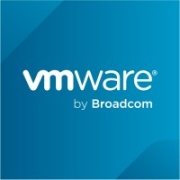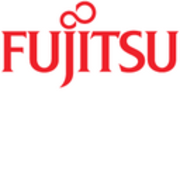Software Defined Data Center is a comprehensive architecture that enables full resource virtualization, transforming traditional data centers to improve agility and efficiency.
SDDC allows organizations to manage IT infrastructures more efficiently by virtualizing all infrastructure elements. This approach shifts management and provisioning tasks from manual to automated, resulting in heightened responsiveness and lower operational costs. Businesses can leverage a consolidated management platform that seamlessly integrates compute, storage, and networking resources.
What are the critical features of SDDC?In industries like finance and healthcare, SDDC enables seamless integration with legacy systems, providing a smooth transition to modernized environments. Retail companies use these solutions to handle peak loads efficiently without sacrificing performance.
By modernizing data management and operations, SDDC solutions are essential for organizations seeking to enhance operational efficiency and scalability.
| Product | Market Share (%) |
|---|---|
| Azure Stack | 35.0% |
| Nutanix Cloud Infrastructure (NCI) | 23.8% |
| VMware Software Defined Data Center | 20.6% |
| Other | 20.599999999999994% |










The main difference between SDDC and cloud is that a cloud is private and only offers virtual machine self-service while using traditional provisioning and management. In contrast, SDDCs provide an organization with its own private cloud, which helps control hosted data better. With an SDDC, workloads are capable of operating independently of the physical IT infrastructure. While the cloud focuses more on the capabilities and services, software defined data centers focus on architecture and defining standard interfaces.
SDDC enhances operational efficiency by automating routine tasks and providing a unified management interface. With SDDC, you benefit from integrated resource management, allowing you to dynamically allocate resources as needed across compute, storage, and networking. This results in reduced manual intervention, improved accuracy, and better resource utilization. Additionally, automated policy-driven operations streamline workflows and enhance productivity.
What are the key components of an SDDC architecture?An SDDC architecture is comprised of four main components: software-defined compute, storage, networking, and management. Software-defined compute includes virtualization technologies that manage workloads efficiently. Software-defined storage abstracts and pools storage resources for better scalability. Software-defined networking enables dynamic, automated network provisioning. Management tools offer visibility and control over the entire data center, ensuring seamless integration and coordination between components. This holistic approach ensures flexibility and agility in your IT operations.
How can SDDC improve data center security?SDDC improves data center security through micro-segmentation, automated threat detection, and centralized security policy management. Micro-segmentation allows for fine-grained security controls within the data center, reducing the attack surface. Automated threat detection helps identify and address vulnerabilities in real-time, while centralized management ensures consistent application of security policies. These capabilities allow you to respond rapidly to threats and maintain a secure environment.
What are the cost benefits of deploying SDDC solutions?Deploying SDDC solutions can lead to significant cost savings by reducing hardware dependency and increasing resource efficiency. SDDC allows you to run applications on commodity hardware while optimizing resource usage through virtualization. This reduces the need for over-provisioning and lowers capital expenditure. Additionally, the automation of manual tasks and streamlined management reduce operational costs, contributing to a better total cost of ownership.
How can SDDC facilitate hybrid cloud strategies?SDDC facilitates hybrid cloud strategies by providing a consistent operational framework across both on-premise and cloud environments. With SDDC, you can seamlessly extend your data center to the cloud, leveraging existing tools and processes for deployment and management. This consistency ensures that workloads can move freely between environments without compromising performance or security. It enhances your ability to deploy flexible, scalable solutions that meet evolving business requirements.